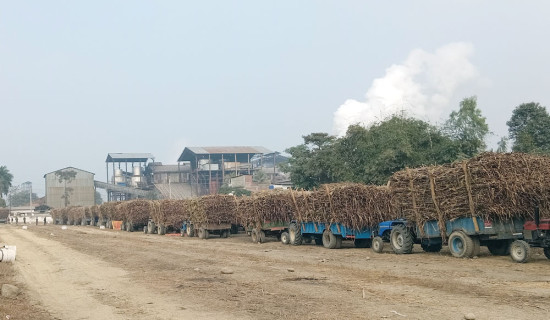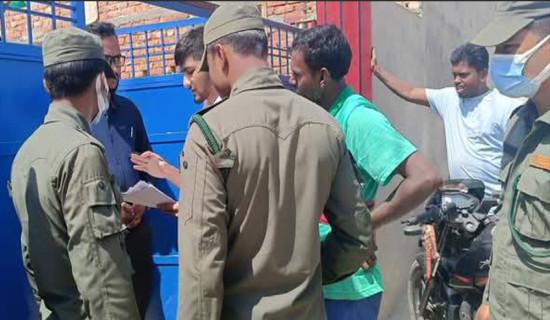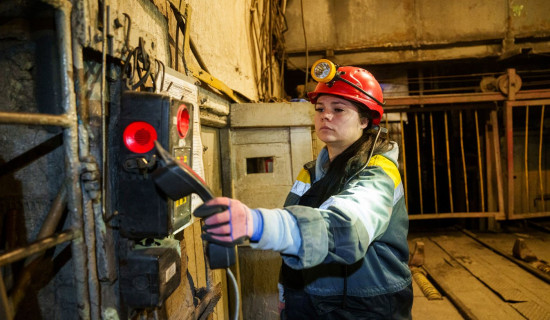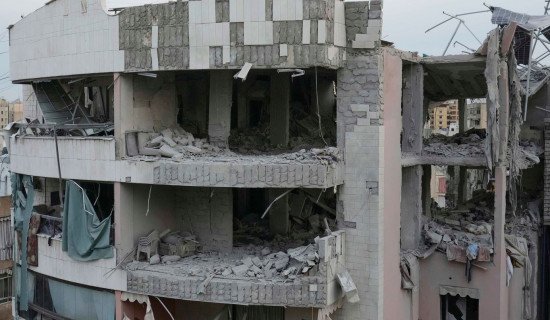- Wednesday, 2 April 2025
Political Economy Of Antimicrobial Resistance
Antimicrobial Resistance (AMR) is increasingly considered as a serious threat to global health, food security, and Sustainable Development Goals (SDGs). More importantly, this has profound impacts on health systems as it constrains the effectiveness of treatments, leading to prolonged illnesses and increased healthcare costs. Simultaneously, AMR poses significant challenges to food security as it can spread through the food chain, impacting both animal and human health and causing economic losses in the agricultural sector.
Evidence suggests that drug-resistant infections know no borders. Moreover, the situation is more critical than it appears. The economic and socio-political impacts of AMR can be dramatic in terms of its emerging threats to sustainable development. According to WHO, AMR is directly responsible for 1.3 million deaths and contributes to 5 million deaths every year. Moreover, AMR also threatens our economic future, with an estimated global annual cost of up to US$3.4 trillion by 2030 and 28 million people pushed to poverty by 2050.
Human toll
According to Global Leaders Group (GLG) on AMR, an economic study confirms that the already staggering human toll of AMR will be compounded by a catastrophic hit to the global economy unless bolder and more urgent action is taken. The study also estimates that AMR would cost the world US$ 412 billion a year in additional healthcare costs and US$ 443 billion per year in lost workforce productivity. The wider socio-economic impacts would be more visible in low- and middle-income countries. Because uncontrolled AMR is expected to lower life expectancy and lead to unprecedented health expenditure and economic losses.
Despite notable progress, there is still a long way to act and engage local communities in raising awareness of such a global crisis of AMR. While it is largely considered as a medical problem, evidence suggests that tackling AMR is further accelerated by social, cultural, and economic factors at large as they lead to misuse, overuse and abuse of live-saving antimicrobial medicines. Sadly, the drivers of AMR are often ignored. So, the insights from anthropological perspectives must be prioritised to address diverse societal challenges and unintended consequences on human and animal health.
Again, from sociological and anthropological perspectives, there is an emerging need of closer attention to social, cultural, economic and political structures that shape the distribution of disease as well as biomedical treatment. In this context, it is also crucial to understand the importance of antimicrobials in reducing social sufferings by improving access to and use of essential medicines. While we have substantial knowledge, evidence and experiences on systemic causes of AMR, the existing global and national efforts are still slow to effectively combat AMR. Considering social, economic, cultural and political dimensions, there is a need for addressing multiplicity of the challenges associated with the AMR in order to ensure equitable access to effective antimicrobials, water, sanitation and hygiene infrastructure, and sufficient incentives for innovations in developing new antimicrobials.
Still, AMR continues to have profound socio-economic effects in all areas of health as well as on individuals, families and communities. The direct consequences of resistant microorganisms can be severe, including longer illnesses, increased mortality, prolonged stays in hospital, loss of protection for patients undergoing operations and other medical procedures, and increased costs. Likewise, the indirect impact of AMR, however, extends beyond increased health risks and has many public health consequences. AMR can have dramatic effects on global economy with economic losses due to reduced productivity caused by sickness and higher costs of treatment. To address these growing challenges, more investments are needed in developing new medicines, diagnostic tools, vaccines and other interventions, and in strengthening health systems to ensure more appropriate use of and access to antimicrobial agents.
Global and national initiatives to combat AMR are encouraging, but not sufficient yet. The first UN High Level Meeting on AMR took place in 2016. Global leaders have committed to act on AMR and highlighted the needs for collective efforts to address the growing challenges to health, food security and development. The root causes of AMR must be tackled across multiple sectors, especially human health, animal health and agriculture. Moreover, the meeting also shed light on critical needs for prevention and control of infections in humans and animals. It has also called for innovative research and development, affordable and accessible antimicrobial medicines and vaccines, improved surveillance and monitoring, and increased international cooperation to effectively control and prevent AMR.
Action plan
Like many other low-and middle- income countries, Nepal has also recently endorsed National Action Plan on AMR (NAP-AMR) which largely takes ‘One Health’ approach which contributes towards the consistent efforts in tackling this silent public health emergency and reducing mortality, morbidity and socio-economic and political impacts of AMR. The NAP-AMR has importantly envisioned specific strategic priorities that broadly includes awareness raising through effective communication, education and training, and strengthening knowledge and evidence through surveillance.
In addition, the strategic actions also aim to reduce the incidence of infections through effective infection prevention and control, and promote investments for AMR activities, research and innovations. Even though there is notable progress for multi-sectoral coordination across sectors such as health, environment, agriculture and livestock at the federal level, it is high time to effectively implement the NAP-AMR at local level. To this end, technical assistance from partners such as WHO, FAO, FHI 360 and few others is crucial to strengthen institutional capacity of governments, laboratory facilities, civil society, research institutions, private sectors and communities in tackling the challenges of AMR at all levels.
(Bhandari is a health policy analyst)



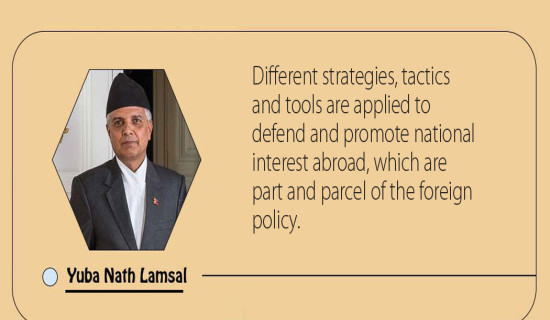
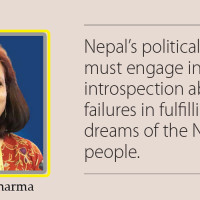




copy-original-thumb.jpg)

